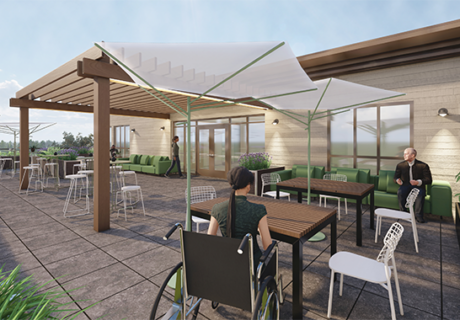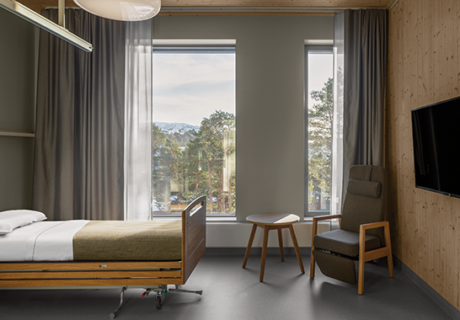Preserving An Icon: Salk Institute For Biological Studies
Shortly after Jonas Salk announced he had developed a successful polio vaccine in 1953, he began working on his next project: a building that would allow for collaborative research among scientists to develop additional cures. In 1960, Salk partnered with architect Louis I. Kahn to make his dream a reality, opening the Salk Institute for Biological Studies in La Jolla, Calif.
“Kahn’s design for Salk is much more than an architectural landmark,” says Tim Ball, senior director of facilities services at the Salk Institute. “It is a working laboratory occupied by several hundred scientists, students and support staff. The design gives the complex not only a monumentality but it also represents the Institution and its work for society.”
Today, the iconic, 60-year-old modernist structure is in need of preservation. Recently, the building underwent a $9.8 million multiyear project completed in partnership with the Getty Conservation Institute to conserve the building’s teak window systems, including refinishing 70 percent of the assemblies; replacing the exterior teak tongue-and-grove siding, window frame, and sash elements; and adding new treated wood framing.
To address future preservation needs, such as remedial surface work to steel, glass, concrete, and travertine, that must be carried out in a way that retains visual continuity with the original surface, the institute launched its Architecture Conservation Program in June, with a lead gift from the son of Jonas Salk, Jonathan Salk, and his wife Elizabeth Shepherd.
“The Salk Institute is an important component of the legacies of both Jonas Salk and Louis Kahn,” Ball says. “Preserving the architecture that embodies their vision enables us to give a home to the finest scientific minds in the world to explore the foundations of life. Ultimately, that’s a legacy for all humankind.”











